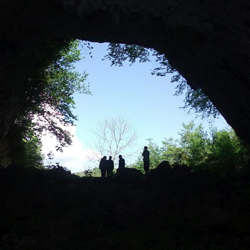Jovialis
Advisor
- Messages
- 9,313
- Reaction score
- 5,878
- Points
- 113
- Ethnic group
- Italian
- Y-DNA haplogroup
- R-PF7566 (R-Y227216)
- mtDNA haplogroup
- H6a1b7
Perhaps some of the issues with the old test algorithm (FTDNA lab version) was that it was misidentifying ancient populations that are shared with some of those other groups from tens of thousands of years ago. Maybe it picked up clues that they places into the pre-determined categories for the old algorithm; which probably why they updated the software for the International version.












